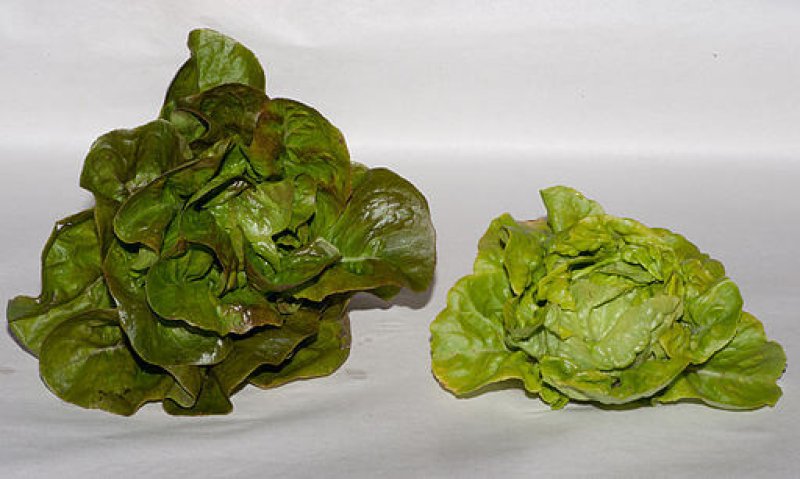The GLP aggregated and excerpted this blog/article to reflect the diversity of news, opinion and analysis.
The ongoing quest to increase the yield of crops and produce varieties resistant to disease, drought, and pests has been aided by the development of gene-editing technologies. These days, probably the most commonly used gene-editing approach in labs is the CRISPR/Cas9 system, in which a guide RNA—specially designed to match part of the sequence of a target gene—positions the Cas9 nuclease at that gene, enabling it to chop the DNA.
To date, researchers have been using DNA plasmids. . . to transfer Cas9 and guide RNAs into plant tissues and cells. However, says geneticist Jen Sheen of Harvard Medical School, this approach runs the risk of creating additional mutations. . .
Sunghwa Choe of Seoul National University and colleagues have therefore devised a technique that avoids the use of plasmids altogether. They preassemble the Cas9 protein and guide RNA complex in vitro and then mix the complex with polyethylene glycol, which allows direct transfer by endocytosis into protoplasts—plant cells that have had their cell walls removed.
. . . .Choe and colleagues have created genetically modified lettuce plants using this approach and have also edited genes in the protoplasts of three other species.
Avoiding the use of plasmids should not only prevent any additional unwanted DNA damage, but might also allow the genetically modified plants to skip regulatory oversight, explains Choe. (Nature Biotechnol, 33:1162-64, 2015)
Read full, original post: Gene Editing Without Foreign DNA































